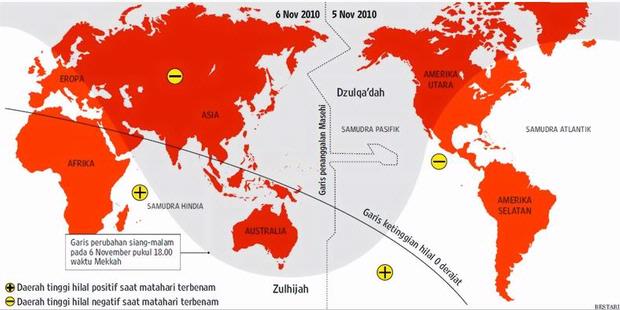Balanced nutrition is the cornerstone of a healthy lifestyle. It involves consuming a variety of foods in the right proportions to achieve and maintain optimal health and well-being. Here’s the latest and relevant information on balanced nutrition, presented in an easy-to-follow markdown format.
Understanding the Basics
Balanced nutrition requires a mix of macronutrients – carbohydrates, proteins, and fats – as well as essential vitamins and minerals. The goal is to provide your body with the energy it needs and to support bodily functions.
Macronutrients:
- Carbohydrates: They are the primary source of energy. Whole grains, fruits, and vegetables are healthy sources.
- Proteins: Essential for growth and repair. Include a variety of plant-based and lean animal proteins.
- Fats: Necessary for brain health and energy. Opt for unsaturated fats found in nuts, seeds, and fish.
Micronutrients:
- Vitamins: Each vitamin plays a crucial role in the body. For example, Vitamin C is important for immune function.
- Minerals: Elements like iron and calcium are vital for carrying oxygen in the blood and maintaining strong bones, respectively.
The Healthy Eating Plate Model
The Healthy Eating Plate model by Harvard T.H. Chan School of Public Health is a guide for creating balanced meals:
- Vegetables and Fruits: Half of your plate should be vegetables and fruits. Aim for variety and color.
- Whole Grains: One-quarter of your plate should be whole grains like brown rice, quinoa, and whole wheat.
- Protein: The remaining quarter should be proteins like fish, poultry, beans, and nuts.
- Healthy Oils: Use healthy oils like olive and canola oil in moderation.
Staying Hydrated
- Water: It’s essential to drink plenty of water. It helps in digestion, absorption, and transport of nutrients.
- Tea and Coffee: These can be healthy beverage options when consumed without added sugars.
The Role of Exercise
Physical activity complements balanced nutrition. It helps in managing weight, improving cardiovascular health, and reducing the risk of chronic diseases.
Environmental Impact
Food choices not only affect our health but also the environment. Sustainable eating practices can reduce the carbon footprint and conserve resources.
Conclusion
Balanced nutrition is about making informed food choices and enjoying a variety of nutrients. It’s a key part of living a healthy, energetic, and fulfilling life.
For more detailed information and updates on balanced nutrition, you can visit the comprehensive resources provided by the Harvard T.H. Chan School of Public Health and other reputable sources.
Remember, always consult with a healthcare provider or a nutritionist for personalized dietary advice.




